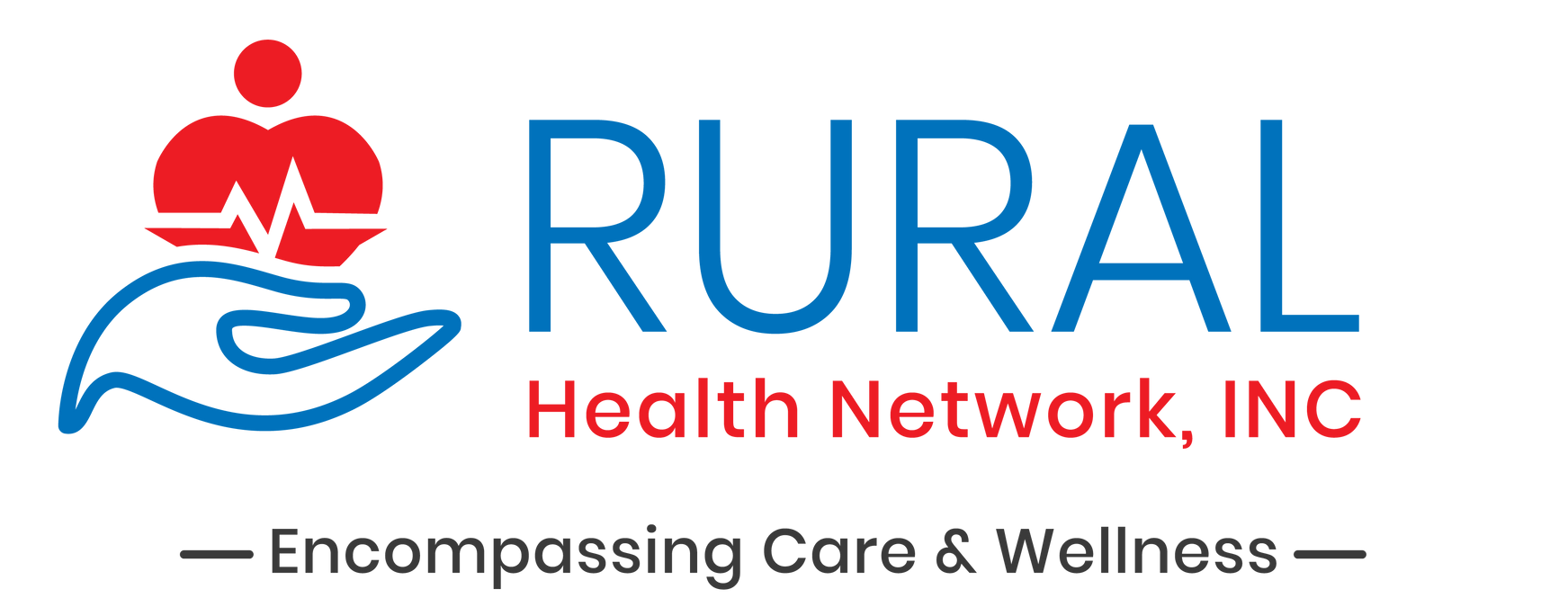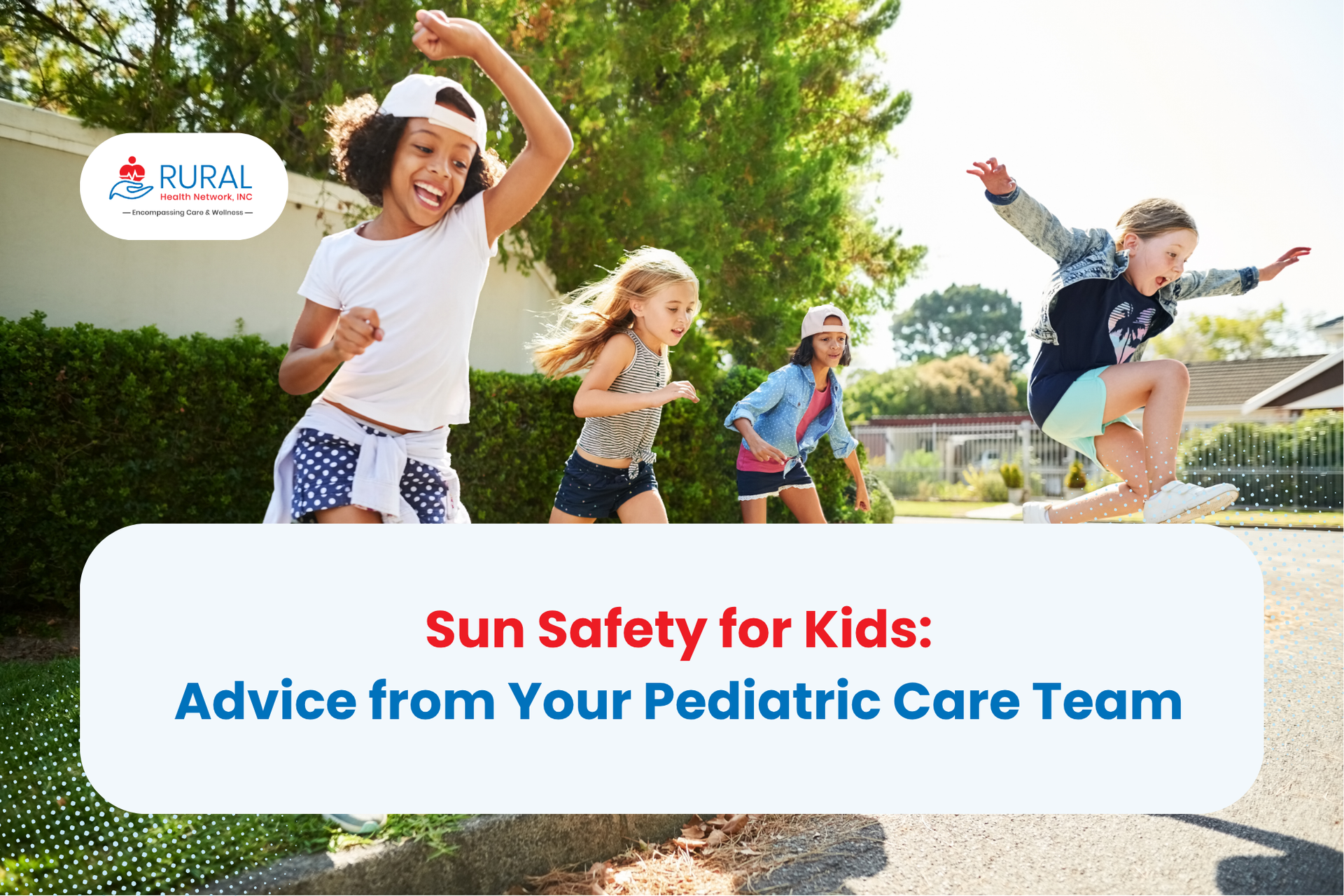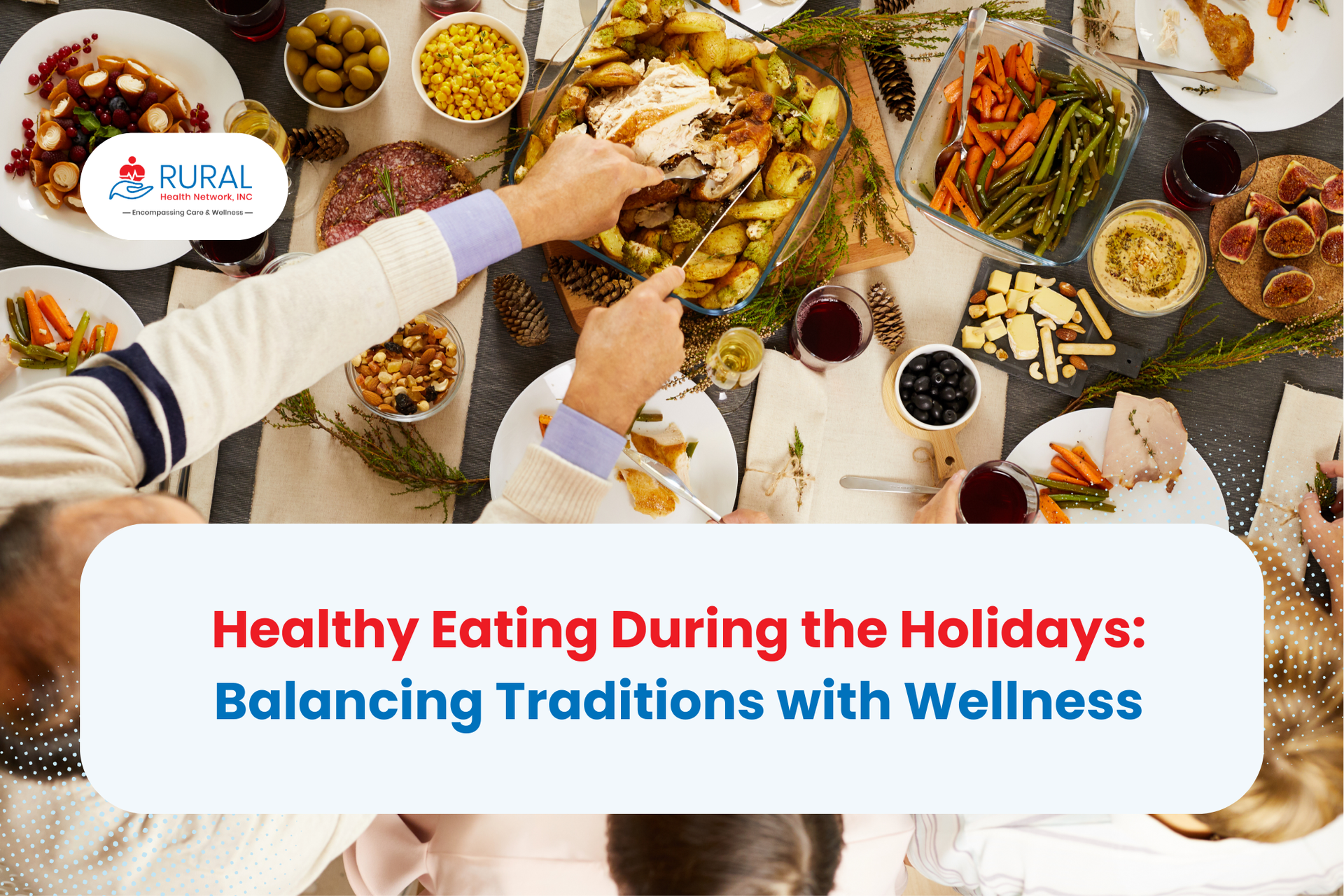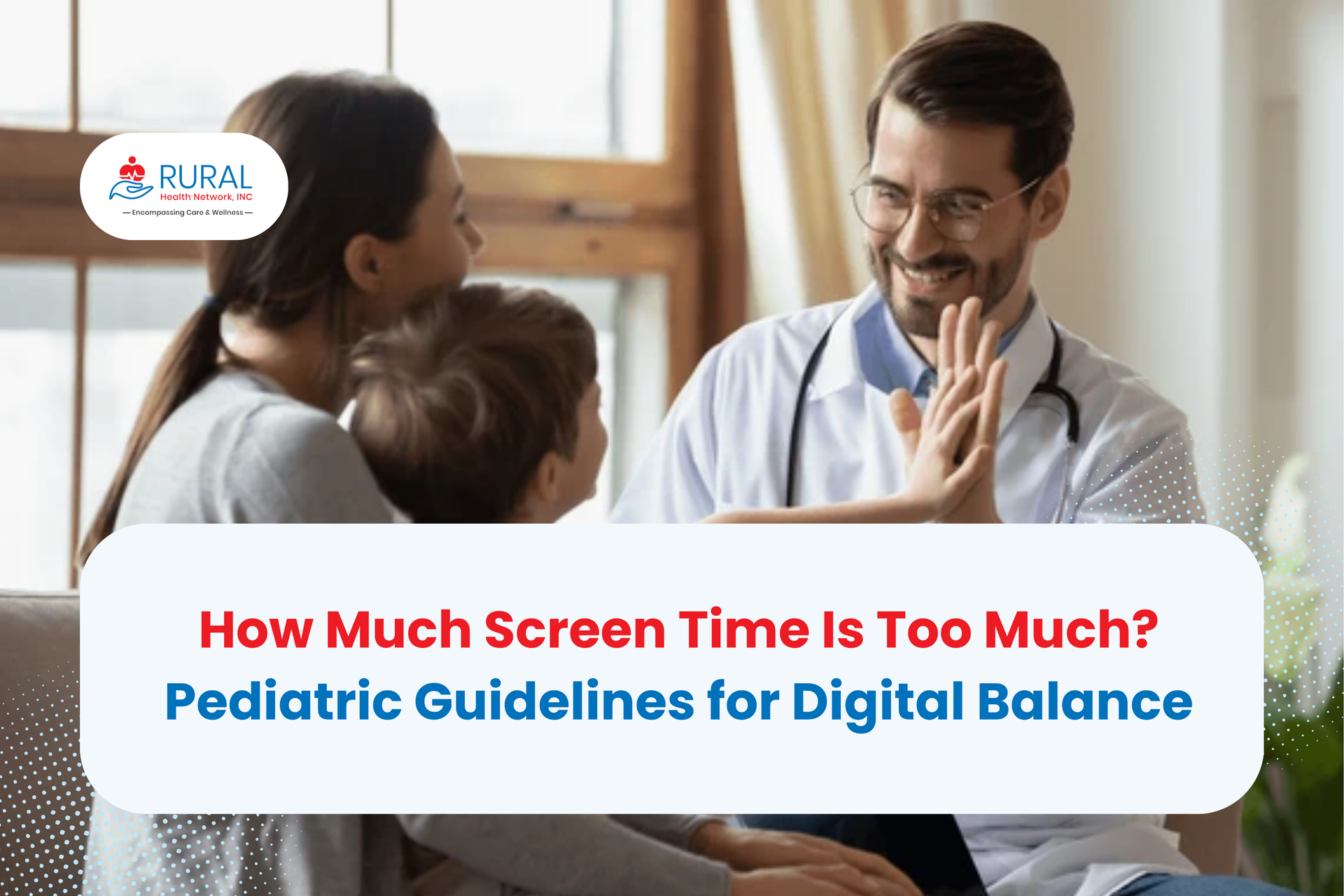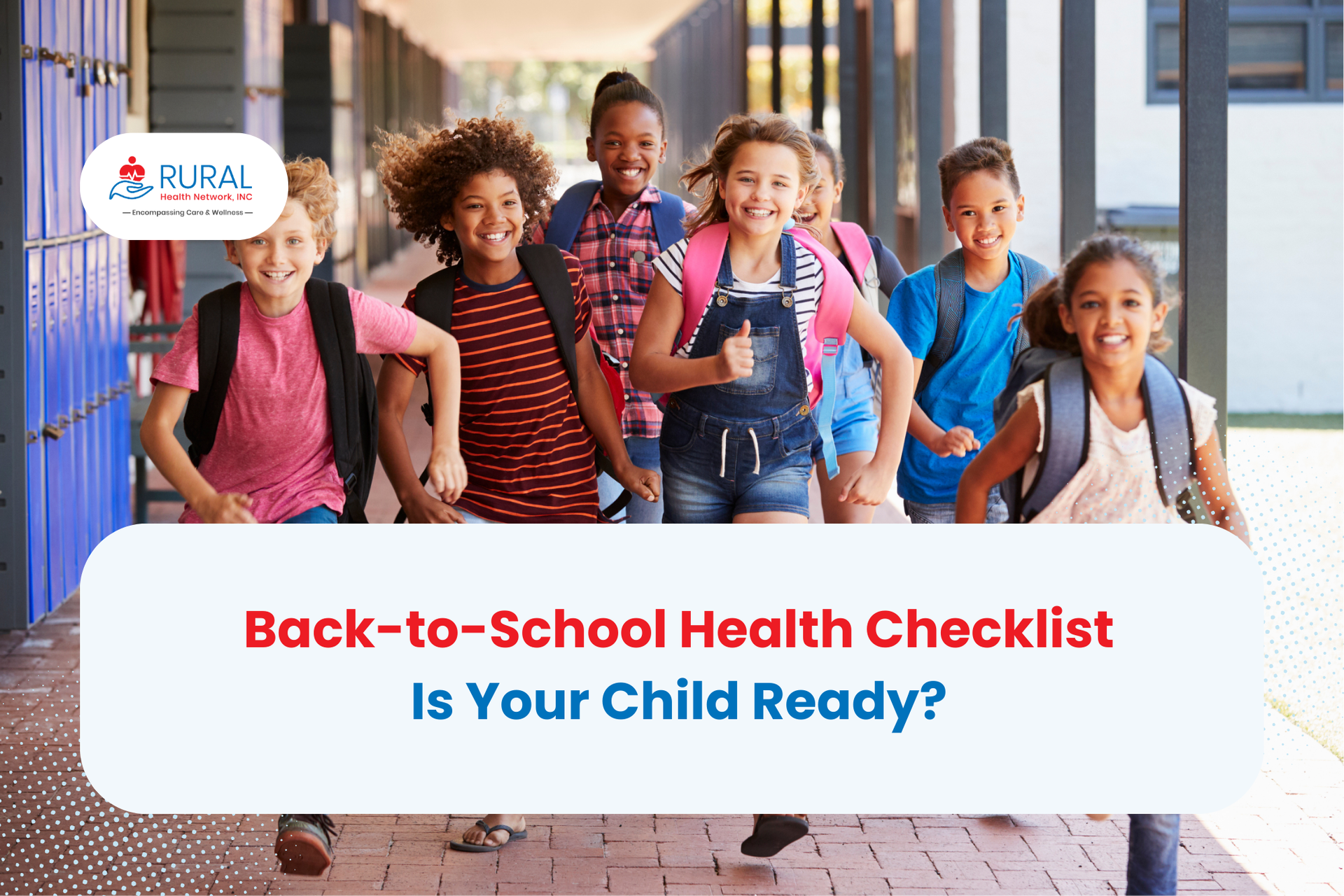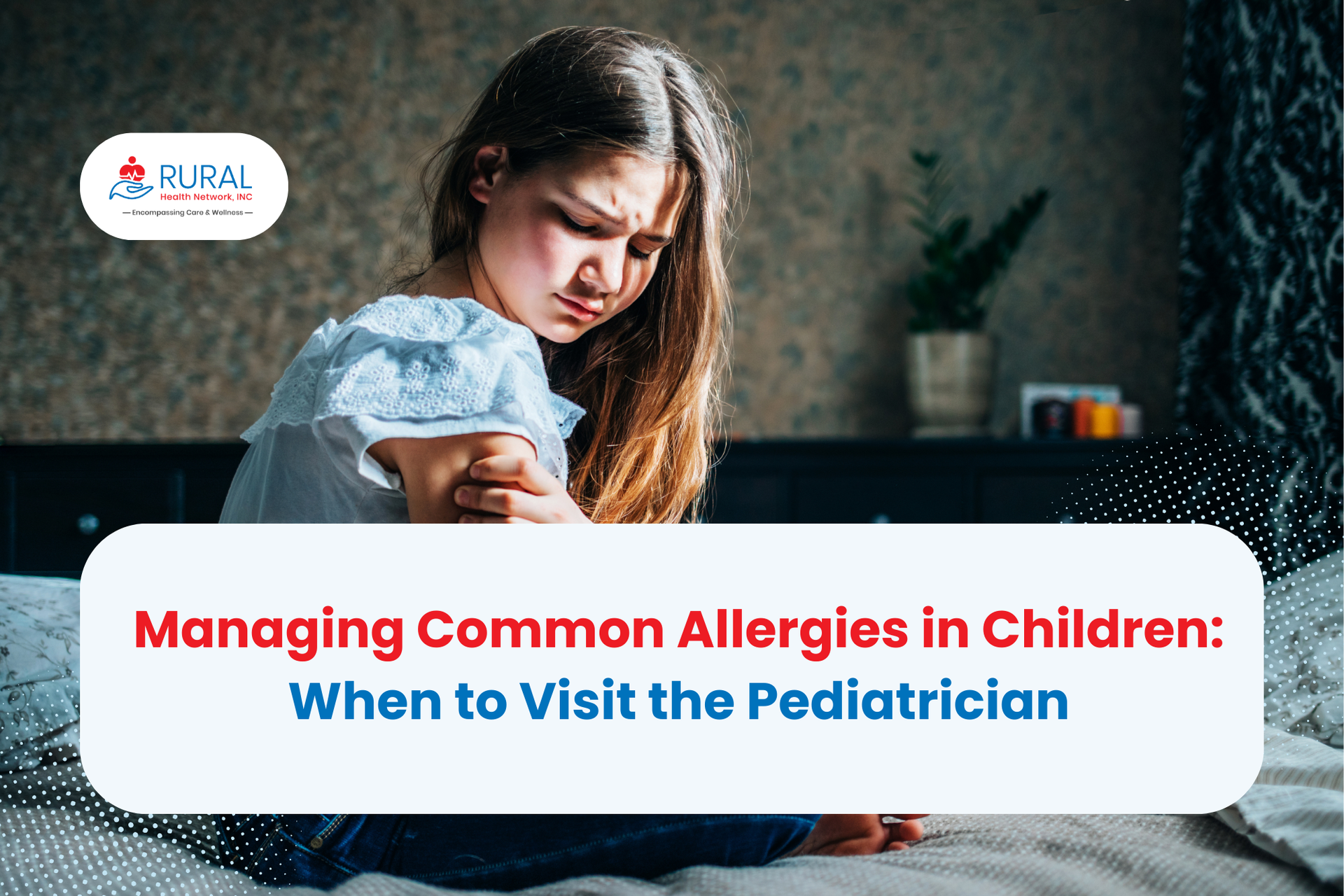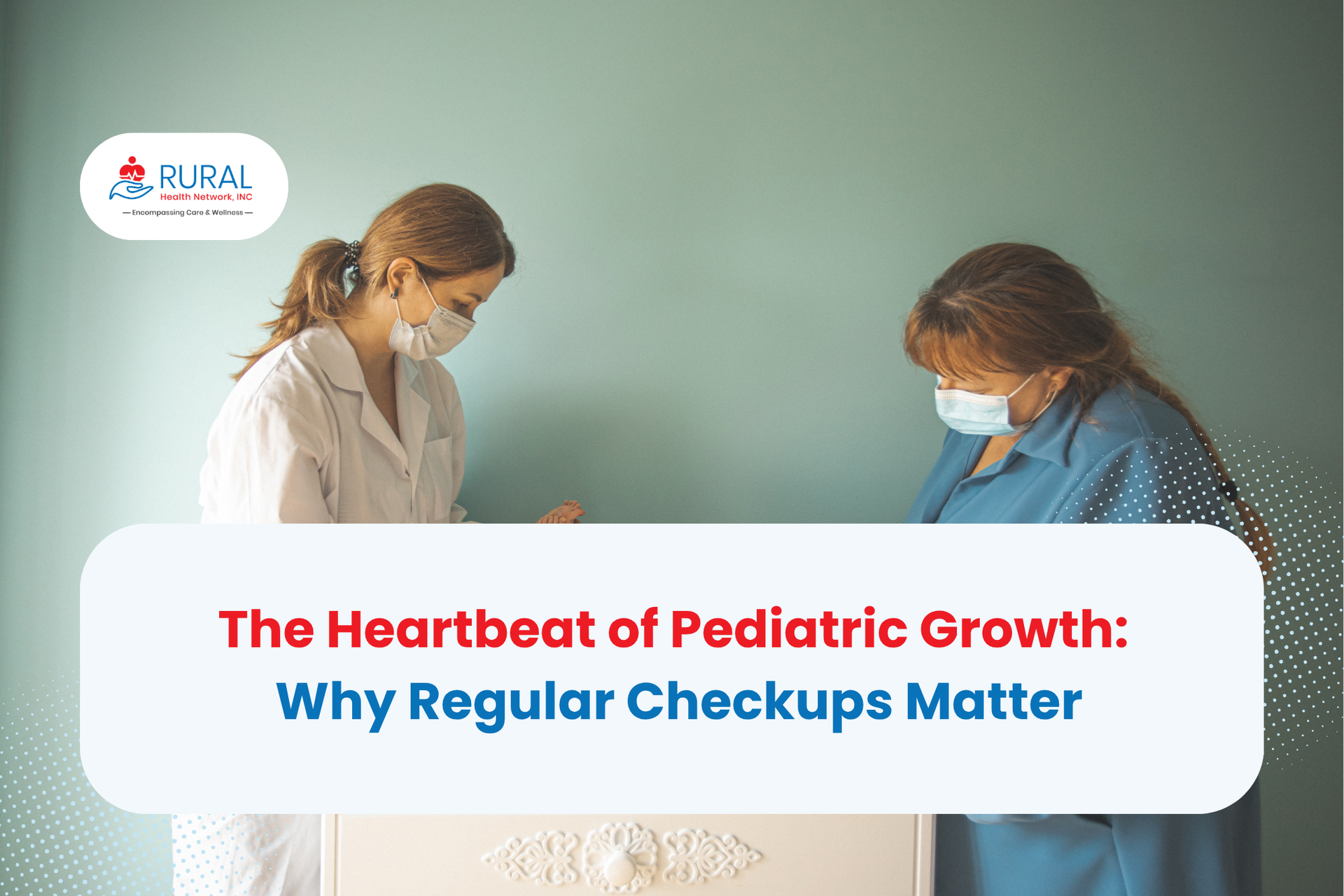There’s nothing quite like watching your child’s face light up as they head outside to play. Spending time under the sun is essential for growing bodies and minds. It also helps kids stay active, build confidence, and socialize with friends. But, while we want them to embrace the great outdoors, we also need to protect their delicate skin from harmful UV rays.
A child’s skin is significantly thinner and more sensitive than an adult’s. A survey by Melanoma Focus has found that a few serious sunburns during childhood can double a child’s risk of developing skin cancer later in life.
Keeping safe under the sun isn’t as complicated as it seems. With simple, consistent habits, sun safety tips, and a
consultation at Rural Health Network, you can keep your child healthy and protected all year round. Let’s walk through some of the easiest ways to protect your child while they soak up all the fun this summer and every season onward.
Make Sun Safety a Part of Your Child’s Routine
Why Too Much Sun Can Harm Skin Health
Sunshine is great for playtime, but too much of it can cause more harm than good. Since children have less melanin, the natural pigment that helps protect against UV rays, they can get sunburns faster and suffer more long-term effects.
Quick Damage, Lasting Impact
The sun emits two types of ultraviolet rays:
- UVA rays penetrate deep into the skin and can lead to premature aging.
- UVB rays affect the surface of the skin and are the main cause of sunburns.
Both types can start damaging your child’s skin in as little as 15 minutes, even on cloudy days.
Short-Term Risks
When kids get too much sun, you’ll often see these immediate effects:
- Sunburn – red, painful skin that may swell or develop blisters
- Heat rash – itchy bumps caused by blocked sweat glands
- Dehydration – fatigue, dizziness, and excessive thirst
Long-Term Risks
Short-term effects heal, but the damage does add up over time, potentially leading to:
- Premature aging – wrinkles, age spots, and leathery skin texture
- Eye damage – cataracts and other vision problems
- Increased skin cancer risk – abnormal cell growth on the skin that destroys healthy body tissue
If you suspect your child has sun-related symptoms or if you’re planning a trip and need expert tips, don’t hesitate to contact our team at
Rural Health Network or your pediatrician.
When Is the Sun Strongest?
Being sun-safe doesn’t mean staying indoors all the time. With a bit of planning, scheduling, and some useful tools, you’ll know the best time for your child to catch some sun without risking skin health.
Avoid Peak Hours
UV rays peak between 10:00 AM and 4:00 PM, especially during the spring and summer. Here’s a good rule of thumb: If your child’s shadow is shorter than they are tall, UV exposure is at its strongest.
Check the UV Index
Not sure how intense the sun is today? The UV Index is a helpful tool that measures the risk of UV exposure.
You can check the UV index in most weather apps. It only takes a few seconds, but it can help you decide if it’s best to play in the shade or take extra precautions.
Don’t Rely on Cloud Cover
Don’t let a cloudy sky give a false sense of safety. Up to
80% of UV rays can pass through clouds, making sunscreen safety a year-round recommendation.
How to Protect Your Child from the Sun
Let’s build your family’s UV defense strategy. We recommend observing these four pillars of sun protection for maximum safety:
Sunscreen Tips
- Use a broad-spectrum sunscreen with SPF 30 or higher for optimal ultraviolet protection (UVA and UVB).
- Apply it 15–30 minutes before going outside.
- Don’t forget those easily missed spots: ears, nose, back of the neck, tops of feet, and scalp (especially if your child’s hair is thin).
- Reapply every 2 hours, or more often if your child is swimming or sweating.
- Choose kid-friendly or mineral-based options for sensitive skin.
Protective Clothing
- Choose lightweight, long-sleeved shirts and pants made of tightly woven fabric.
- Opt for UV-protective clothing or clothes labeled with UPF, or Ultraviolet Protection Factor, for extra coverage.
- A wide-brimmed hat is better than a baseball cap since it protects the face, ears, and neck.
Sunglasses
- Children’s eyes are still developing and need protection from UV rays.
- Choose sunglasses that block out 100% UVA and UVB rays (look for a sticker or label).
- Wraparound styles offer more coverage and stay on better during play.
Shade and Hydration
- Encourage play in shaded areas like under trees, umbrellas, or pop-up tents.
- Bring your own shade to sports, games, picnics, or beach days.
- Keep your child hydrated with regular water breaks, especially on hot days.
Sun Safety Myths, Busted!
There are numerous myths surrounding sun safety practices. Let’s look at the most common ones and clear things up.
“Darker skin doesn’t need sunscreen.”
False. While melanin provides natural protection (to a degree), it’s not enough to prevent sun damage or skin cancer.
✅ All skin tones benefit from sunscreen products. Everyone is at risk of UV damage.
“Shade is enough. You don’t need sunscreen.”
False. Shade does help reduce UV exposure, but rays can still bounce off surfaces like sand, water, or concrete.
✅ Use sunscreen even in shaded areas, especially during peak hours.
“Sunscreen is only for beach or pool days.”
False. UV exposure happens during everyday activities like walking to school, biking, or playing at recess.
✅ Whatever the activity outside, sunscreen should always be on.
“One application lasts all day.”
False. Sunscreen wears off with sweat, water, and time.
✅ Reapply every two hours, or more frequently if your child is swimming or sweating.
“Tanning is safe as long as there’s no sunburn.”
False. Tanning is a sign of skin damage even without burning.
✅ Even a tan means your skin cells are in distress from UV exposure.
Let Rural Health Network Keep Your Sunny Season Safe
Sun safety education is just one piece of the child health puzzle, and we’re here to help with the rest. It may seem like a hassle at first, but when you consistently include sun protection in your routine, it doesn’t take long before it becomes second nature. And the earlier you start, the better.
Let our compassionate pediatric team at
Rural Health Network guide you and your child to make this summer the best and safest yet.
Need Sunscreen Advice?
If you’re not sure which sunscreen is best for your child’s skin type, our providers can help you choose kid-safe, gentle products and offer practical skincare tips for every age.
Wellness Visits for Every Season
We offer year-round
wellness checkups that focus on prevention, growth, and keeping your child active and healthy, whatever the season.
Local Care You Can Count On
As your local neighbors and community members, we’re here to address any concerns you may have about your child.
Every child deserves to enjoy the sunshine safely, and when they do, you feel confident knowing you’re making the right choices for their health. Call us today or ask about personalized sun safety guidance during your next visit.
Ready For a Sun-Safe Summer?
Frequently Asked Questions
At what age can I start using sunscreen on my baby?
Sunscreen is generally safe for babies 6 months and older. For younger infants, it’s best to keep them out of direct sunlight and use shade, hats, and lightweight clothing instead.
What type of sunscreen is best for kids with sensitive skin?
Look for mineral-based sunscreen with zinc oxide or titanium dioxide. These are less likely to irritate sensitive skin. Choose fragrance-free and hypoallergenic options labeled for babies or kids.
How much sunscreen should I apply to my child?
Use about one ounce (a palmful) to cover the entire body. Don’t forget commonly missed spots (ears, neck, the top of their feet, etc.).
Can my child still get vitamin D if they wear sunscreen every day?
Yes! Sunscreen doesn’t block all vitamin D production, and kids can still get it through food sources (fortified milk, eggs, or fish) or supplements if needed. If you’re concerned, talk to your pediatrician.


